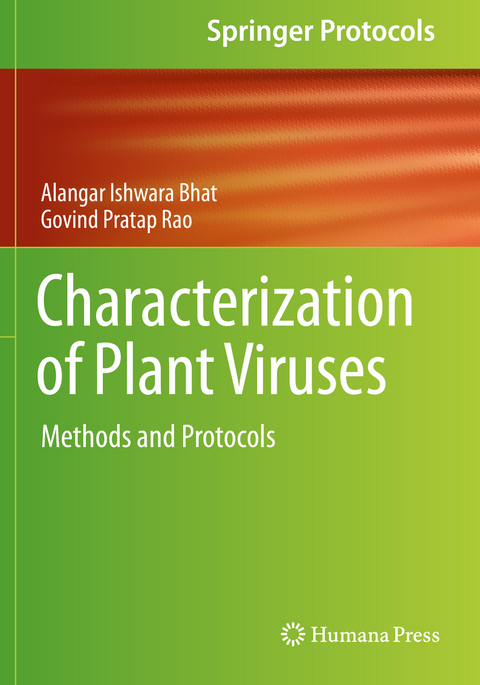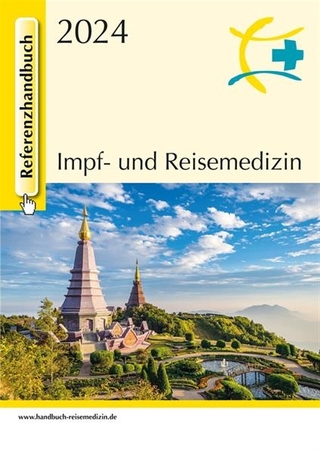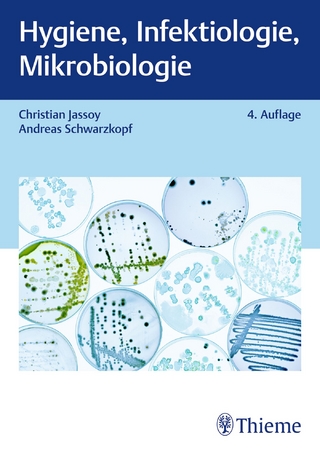
Characterization of Plant Viruses
Springer-Verlag New York Inc.
978-1-0716-0336-9 (ISBN)
Dr Alangar Ishwara Bhat Alangar Ishwara Bhat is currently working as a Principal Scientist at the ICAR-Indian Institute of Spices Research, Kozhikode, Kerala, India. Having obtained his PhD from the ICAR-Indian Agricultural Research Institute, New Delhi, he has 28 years of research experience in Plant Virology and has contributed significantly to the identification, characterization, diagnostics and management of viruses. Dr Bhat has been a visiting scientist at the University of Georgia, USA and at the Food and Environment Research Agency, UK. He has handled ten externally funded projects from the Government of India, authored 89 publications in reputed refereed journals, edited two books, and contributed 28 book chapters and three technical bulletins. He is the chief editor of the Journal of Spices and Aromatic Crops and a section editor of VirusDisease. His work has been recognized with several national awards. Dr Govind Pratap Rao Govind Pratap Rao is a Principal Scientist (Plant Pathology) at the Indian Agricultural Research Institute, New Delhi. He received his PhD in Plant Virology from Gorakhpur University in 1986 and pursued his postdoctoral research at the University of Urbana-Champaign, Illinois, USA (1994) and at Cedex, Montpellier, France (1998). Dr Rao has 32 years of research experience, and has made significant contributions to the characterization of plant viruses and phytoplasmas. He has over 150 research articles, and 25 and authored and edited books to his credit. His work has been recognized with several prestigious national and international awards. Dr Rao is also Secretary General of the Indian Virological Society, New Delhi and a member of several prestigious international scientific societies. In addition, he has travelled to more than 30 countries as a visiting scientist, expert, for invited talks, research training, panel discussions and conferences.
Chapter 1. Glasshouse for maintenance of virus and insect culture.- Chapter 2. Symptoms of virus infected plants.- Chapter 3. Isolation and diagnosis of virus through indicator hosts.- Chapter 4. Host range of viruses.- Chapter 5. Physico-chemical properties of virus in crude sap.- Chapter 6. Mechanical sap transmission.- Chapter 7. Transmission through grafting and budding.- Chapter 8. Transmission through dodder.- Chapter 9. Virus transmission through Pollen.- Chapter 10. Transmission through seeds.- Chapter 11. Transmission of viruses by aphids.- Chapter 12. Transmission of viruses by leafhoppers.- Chapter 13. Transmission of virusesby whiteflies.- Chapter 14. Transmission of virusesby thrips.- Chapter 15. Transmission of viruses through mealybugs.- Chapter 16. Transmission of viruses through beetles.- Chapter 17. Transmission of viruses through mites.- Chapter 18. Transmission of viruses through fungi.- Chapter 19. Transmission of viruses through nematodes.- Chapter 20. Storage andpreservation of plant virus cultures.- Chapter 21. Purification of Plant Viruses.- Chapter 22. Ultraviolet absorption spectra of purified virus preparation.- Chapter 23. Electron microscopy and Utramicrotomy.- Chapter 24. Determination of coat protein molecular weight of viruses.- Chapter 25. Isolation of nucleic acid from purified virus and determination of its nature.- Chapter 26. Agarose gel electrophoresis for nucleic acids.- chapter 27. In vitro expression of viral coat protein in prokaryotic system and its purification.- Chapter 28. Production of Polyclonal Antiserum.- Chapter 29. Production of monoclonal antibody.- chapter 30. Serological Tests.- Chapter 31. Isolation of total DNA from plants.- Chapter 32. Isolation of total RNA from plants.- Chapter 33. Isolation of double stranded (ds) RNA from virus infected plants.- Chapter 34. Dot-blot hybridization technique.- Chapter 35. Polymerase chain reaction.- Chapter 36. Real-time polymerase chain reaction.- Chapter 37. DNA Microarray for detection of plant viruses.- Chapter 38. Loop-mediated isothermal amplification (LAMP).- Chapter 39. Rolling circle amplification (RCA).- Chapter 40. Recombinase polymerase amplification.- Chapter 41. Next generation sequencing for diagnosis of viruses.- Chapter 42. Cloning of PCR Product.- Chapter 43. cDNA synthesis and cloning.- Chapter 44. DNA sequencing.- Chapter 45. Sequence analysis and phylogenetic studies.- Chapter 46. Development of infectious clone of virus.- Chapter 47. Virus elimination by meristem-tip culture.- Chapter 48. Virus elimination through somatic embryogenesis.- Chapter 49. Production of virus-resistant plants through transgenic approaches.- Chapter 50. Production of virus-resistant plants through CRISPR-Cas technology.
| Erscheinungsdatum | 16.03.2021 |
|---|---|
| Reihe/Serie | Springer Protocols Handbooks |
| Zusatzinfo | 99 Illustrations, color; 62 Illustrations, black and white; XXI, 552 p. 161 illus., 99 illus. in color. |
| Verlagsort | New York, NY |
| Sprache | englisch |
| Maße | 178 x 254 mm |
| Themenwelt | Medizin / Pharmazie ► Medizinische Fachgebiete ► Mikrobiologie / Infektologie / Reisemedizin |
| Naturwissenschaften ► Biologie ► Botanik | |
| Schlagworte | Biotechnological Approaches • Plant virology • Purification Protocols • Serological Methods • Virus characterization |
| ISBN-10 | 1-0716-0336-1 / 1071603361 |
| ISBN-13 | 978-1-0716-0336-9 / 9781071603369 |
| Zustand | Neuware |
| Haben Sie eine Frage zum Produkt? |
aus dem Bereich


